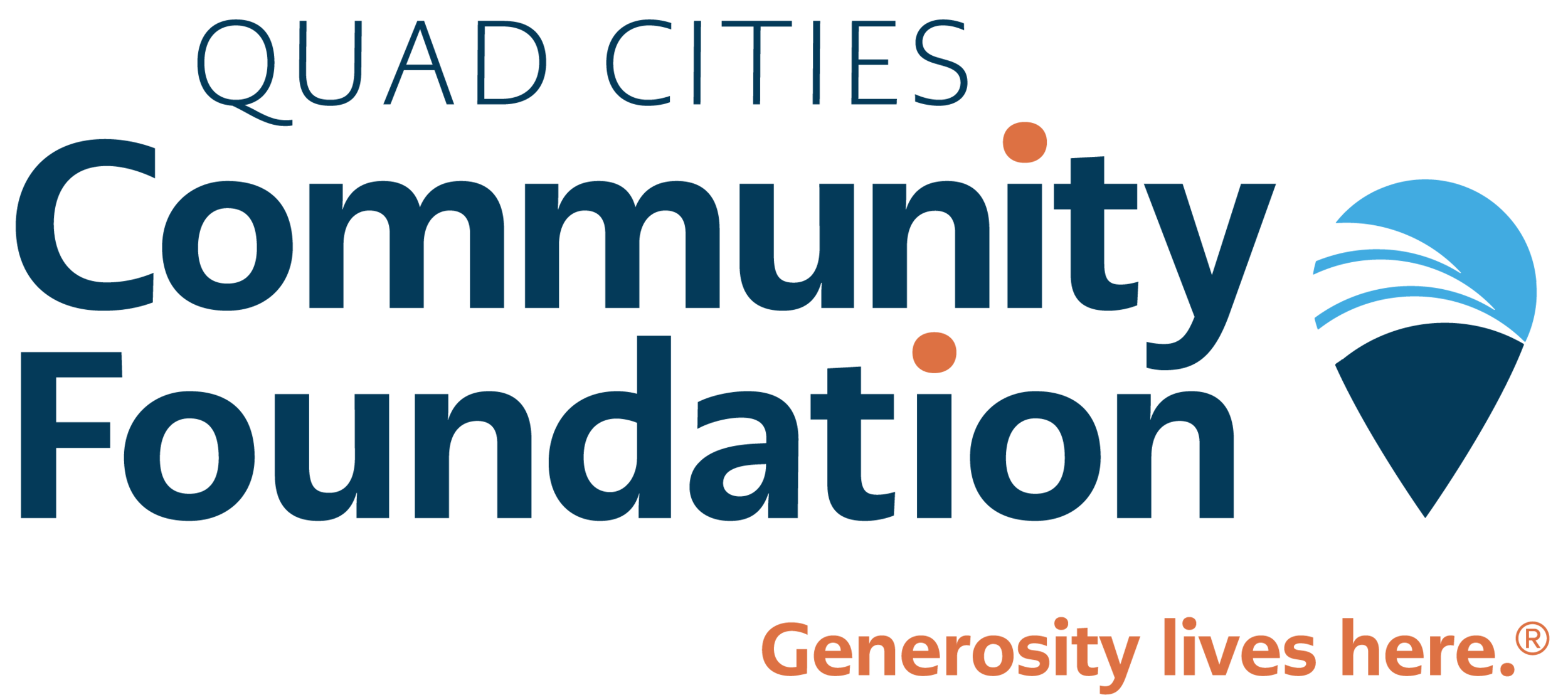Working to make philanthropy more accessible
By Sue Hafkemeyer / President and CEO
A donor shared a story that I think of often. After retirement, she structured her donor advised fund (DAF) so that her two adult children would be able to make decisions on how the philanthropic dollars would be granted. The siblings had busy lives, but once a year, they would connect, discuss the best use of the fund, and decide what nonprofits they would support. The donor credited the DAF with helping to keep her children close in their adult years.
The story still moves me. It speaks to the power that generosity has to bring us together.
Seeing firsthand how valuable DAFs are, both to donors and the organizations they support, the Quad Cities Community Foundation decided this giving option needed to be available to more people. That’s why our Community Foundation board of directors just voted unanimously to lower the threshold for opening a donor advised fund from $10,000 to $1,000.
The new policy directly supports an initiative at the Community Foundation to make philanthropy more accessible. We are determined to help a wider portion of our community embrace and exercise their generosity. This change is one step toward that goal.
What is a donor advised fund? DAFs, as the name implies, are a giving tool housed at an organization like a community foundation with charitable grants directed by the donors who fund them. DAFs are highly flexible, can be used by individuals, families, and even companies, and can offer direct tax advantages. It’s easy to see why these funds have become extremely popular with donors and financial institutions alike.
The very first DAFs were offered by a community foundation, and many large corporate banks offer some form of DAF account today. However, what makes DAFs at your Community Foundation different is our local commitment, donor guidance, and community connection to help you give in the best possible way. DAFs are about making sure your generosity supports the causes that are important to you—there is no better place than your Community Foundation to make that happen.
As I shared this summer, the Community Foundation is making a concerted effort to expand philanthropy, engage more people in giving back to the community, and enlist young people in giving now and in the future. Making DAFs more accessible to a wide range of donors directly supports this effort.
Here, our team will support your DAF every step of the way. We will help organize the fund, guide you through tax savings, offer advice on nonprofits with missions related to your interests, and even help you include family members in the act of giving with you.
If you are interested in learning more about DAFs, please reach out to me or Anne Calder, the Community Foundation’s vice president of development.
We’d love to discuss your giving goals and see if a DAF is right for you.
